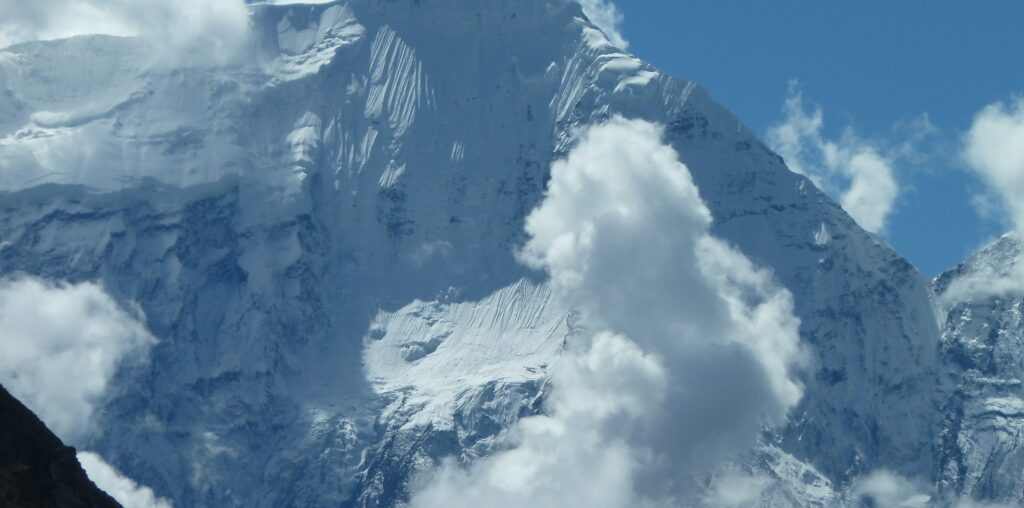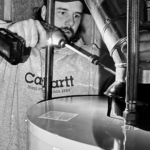The Upper Mustang Trek is one of Nepal’s most unique journeys. It takes you into the former kingdom of Lo, a remote and dry region north of the Himalayas. This area is known for its Tibetan influence, walled villages, ancient monasteries, and open desert-like landscapes. The region was closed to outsiders until 1992, which has helped protect its traditions and culture. Today, trekking here feels like walking through a living museum, where time moves slowly, and traditions remain strong.
Why This Trek Is Worth Your Time
Upper Mustang offers more than just high peaks and trails. It gives you a real chance to learn about people who live in one of the most isolated places in Nepal. Life here is shaped by old customs, dry winds, and a strong spiritual belief system. The region has a peaceful feeling that makes you slow down and appreciate things. The villages you pass are filled with stone houses, prayer flags, and friendly smiles. Unlike other trekking routes in Nepal, Upper Mustang gives you both cultural depth and natural beauty without the crowd.
Understanding the Route and Experience
The trek usually begins after a short flight from Pokhara to Jomsom, a small town in the Mustang district. From there, you walk north through the Kali Gandaki valley toward Lo Manthang, the walled capital of the former kingdom. Each day brings a mix of dry hills, canyons, and ridges. The trail passes through villages like Kagbeni, Chele, Syangbochen, and Tsarang before reaching Lo Manthang. The return path usually follows the same route, although there are some optional variations.
The Cultural and Natural Importance
One of the most powerful parts of this trek is the deep connection between the people and the land. The Tibetan-style culture is still very active. You will see old monasteries, prayer wheels, caves carved into cliffs, and festivals that go back hundreds of years. Lo Manthang, in particular, feels like a place frozen in time, with narrow lanes, whitewashed houses, and horsemen still used for travel. The dry landscape is different from the green hills of other parts of Nepal. It looks more like Tibet, with soft colors, open skies, and wide spaces that let you breathe and reflect.
Permits and Regulations
Upper Mustang is a restricted area, which means you can’t trek here on your own. You need to be in a group of at least two people and hire a licensed guide through a registered agency. You also need special permits: the Upper Mustang Restricted Area Permit and the Annapurna Conservation Area Permit. While the cost is higher than regular trekking routes, the experience is more exclusive, and part of the permit fees go toward protecting the local culture and environment.
When to Go and What to Expect
The best time to do the Upper Mustang Trek is from March to November. Since the region lies in a rain shadow, it is one of the few treks in Nepal that can be done during the summer monsoon. The skies stay mostly clear, and the trails remain dry. In spring and autumn, temperatures are moderate, and conditions are ideal. Winter can be very cold and less accessible. You can expect to walk around six to seven hours a day, staying in basic tea houses with local food and warm drinks. The trail is not extremely steep, but the dry air and high altitude can make walking harder, so it’s important to take your time and stay hydrated.
What Makes This Trek Different From Others
Unlike the busier trails in Everest or Annapurna, Upper Mustang feels far away from modern life. There’s less noise, less rush, and more time to just be present. You’ll notice how people still rely on yaks, horses, and simple farming to survive. The architecture is unique, with flat-roofed houses and old palace walls. The language, food, and clothing are all different from the rest of Nepal. This trek offers not just a physical journey but a deeper look into a way of life that is slowly disappearing.
Final Thoughts Before You Go
The Upper Mustang Trek is more than just a walk through hills and valleys. It is a journey into a culture that has stayed strong for centuries. It offers peace, learning, and quiet beauty. If you are someone who values both nature and tradition, and if you’re ready to step away from busy trails, then this trek will stay with you long after you return. It’s not just a trek, it is a chance to see a part of the world that few people get to experience.

